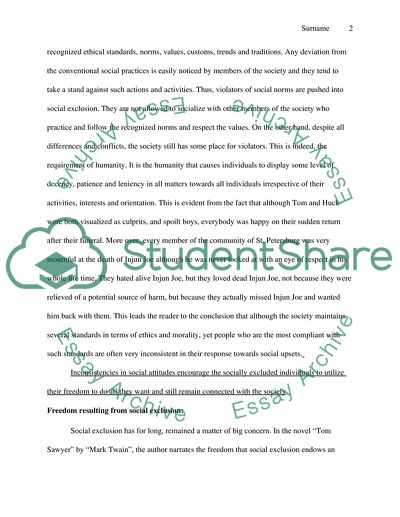Cite this document
(The Adventures of Tom Sawyer by Mark Twain Research Paper, n.d.)
The Adventures of Tom Sawyer by Mark Twain Research Paper. Retrieved from https://studentshare.org/literature/1747636-tom-sawyer
The Adventures of Tom Sawyer by Mark Twain Research Paper. Retrieved from https://studentshare.org/literature/1747636-tom-sawyer
(The Adventures of Tom Sawyer by Mark Twain Research Paper)
The Adventures of Tom Sawyer by Mark Twain Research Paper. https://studentshare.org/literature/1747636-tom-sawyer.
The Adventures of Tom Sawyer by Mark Twain Research Paper. https://studentshare.org/literature/1747636-tom-sawyer.
“The Adventures of Tom Sawyer by Mark Twain Research Paper”, n.d. https://studentshare.org/literature/1747636-tom-sawyer.


